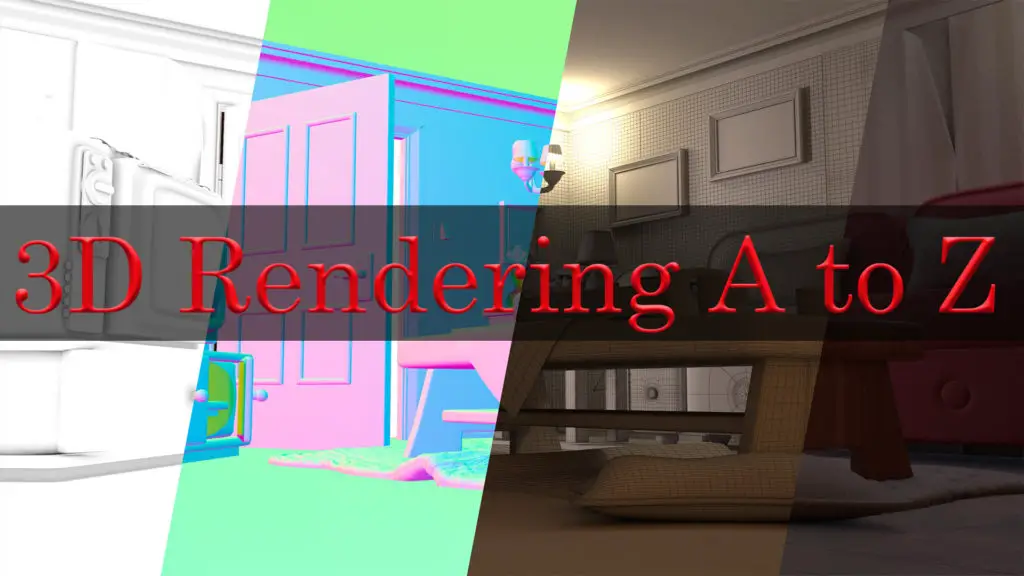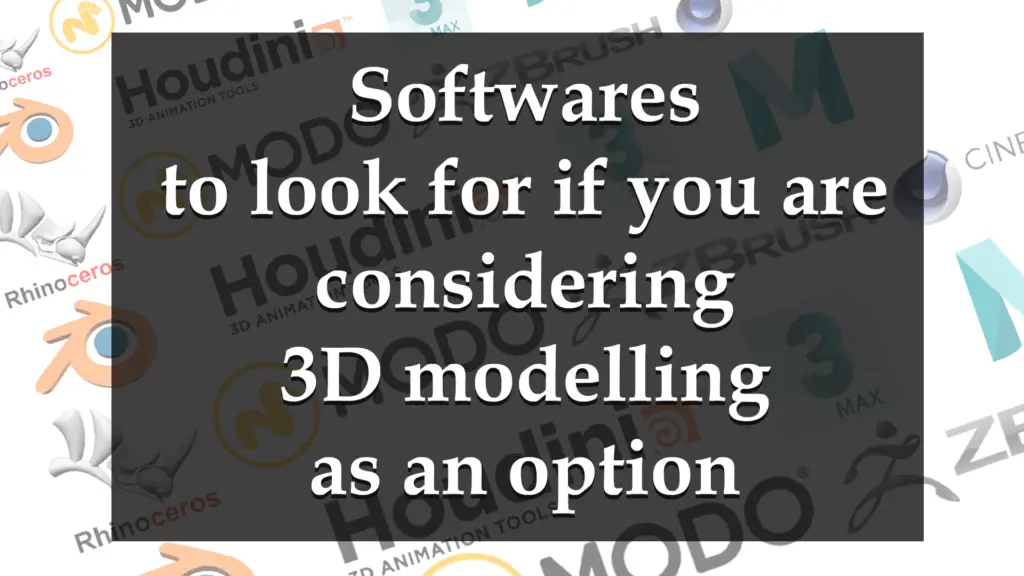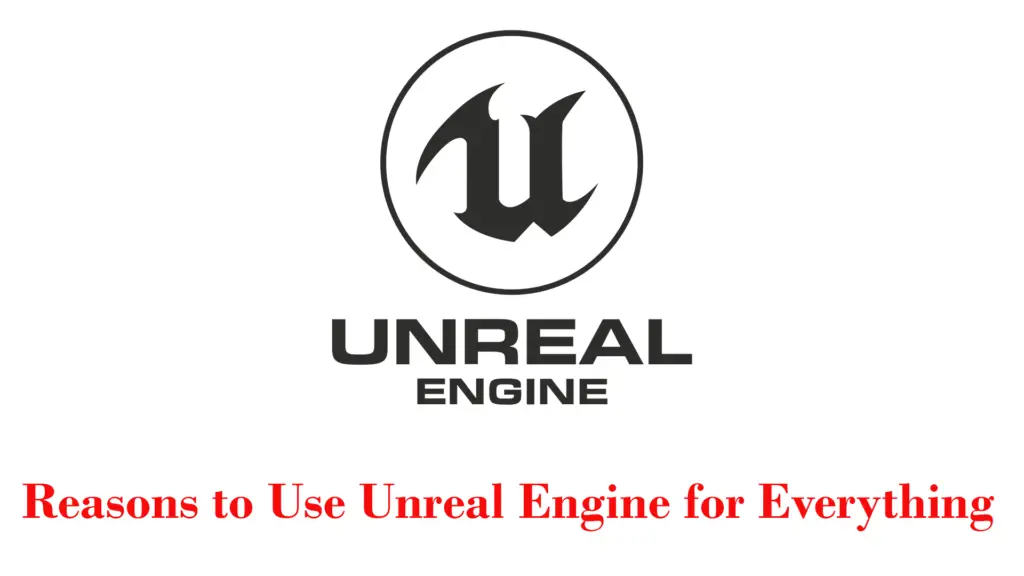THIS ARTICLE MAY CONTAIN AFFILIATE MARKETING LINKS! IN CASE YOU MAKE A PURCHASE THROUGH ONE OF THE LINKS, WE'LL GET A SMALL COMMISSION. WITH NO EXTRA CHARGES TO YOU. THANKS!!
In the dynamic world of 3D modeling and design, the tools we choose are pivotal in shaping the landscapes of our imagination into tangible realities. SketchUp, a long-standing favorite among professionals, offers two distinct versions of its software: SketchUp Pro and SketchUp Studio. Each serves a unique purpose, tailored to meet the diverse needs of its users. As we embark on a detailed comparison of SketchUp Pro vs Studio, we delve into a narrative that is more than just a tale of features and functionalities. It’s a story about finding the right companion for your creative journey, one that aligns with your project’s scale, complexity, and vision.
SketchUp Pro, known for its robust toolkit, caters to a wide array of industries, from architecture to interior design, and beyond. It’s the go-to choice for professionals who demand precision and versatility in their 3D modeling endeavors. On the other hand, SketchUp Studio steps into the arena with a comprehensive suite that not only includes all the prowess of Pro but also extends its capabilities with advanced tools like V-Ray for rendering and Scan Essentials for point cloud data integration.
As we peel back the layers of SketchUp Pro and Studio, we uncover the nuances that define their place in the market. We’ll explore how each version speaks to different audiences, scales of work, and the intricate dance between cost and value. This article aims to provide clarity, offering insights that will guide you to the SketchUp experience that best suits your professional narrative.
SketchUp Pro vs Studio
SketchUp Pro and Studio are both robust 3D modeling platforms, but they cater to different user needs and project scales. SketchUp Pro is the foundational software that offers a comprehensive suite of tools for creating detailed 3D models, making it ideal for professionals across various industries such as architecture, interior design, and construction. It provides advanced features like handling point cloud data, which is crucial for precise measurements and realistic representations, and is compatible with an extensive library of extensions to enhance workflow.
On the other hand, SketchUp Studio encompasses all the features of Pro and elevates the experience with additional tools tailored for architectural design and visualization. It includes V-Ray for high-quality rendering, allowing users to produce stunning visuals with realistic lighting and textures. Studio also offers Scan Essentials, an extension that lets users import, view, and model directly on point cloud data, capturing the ‘as-built’ condition of a project with accuracy. This makes Studio particularly valuable for larger projects that require a higher level of detail and collaboration.
While SketchUp Pro is a more cost-effective option suitable for individual users and smaller design projects, Studio is a more comprehensive package that provides a broader set of tools for collaboration and project management, integrating seamlessly with platforms like Trimble Connect for efficient teamwork and mobile mapping solutions for on-the-go updates. The choice between Pro and Studio ultimately depends on the specific needs of the user, the complexity of the projects they undertake, and the level of collaboration required. Both versions stand as powerful solutions, but Studio offers a more expansive toolkit for those looking to push the boundaries of architectural design and visualization.
Who should use SketchUp Pro
SketchUp Pro is the ideal choice for professionals who require a comprehensive, robust, and versatile 3D modeling tool for their design work. It is particularly well-suited for architects, designers, and hobbyists who work on a variety of projects, including residential buildings, interior designs, or furniture creations. The software’s user-friendly interface and powerful modeling capabilities make it a popular choice for those looking to efficiently bring their ideas to life without the steep learning curve often associated with more complex CAD programs.
Professionals who choose SketchUp Pro benefit from its advanced features such as LayOut, which allows for the creation of 2D drawings and presentations from 3D models, and Style Builder, which offers the ability to create custom styles for models. Additionally, the software supports a wide range of file formats for import and export, including DWG, DXF, 3DS, and OBJ, making it highly compatible with other tools and workflows.
SketchUp Pro is also licensed for commercial use, meaning that it can be used to create models for clients or businesses. This is a crucial consideration for professionals who need to ensure that their tools are legally compliant for commercial activities. Moreover, SketchUp Pro users have access to customer support through email, phone, and online forums, providing a safety net for troubleshooting and user assistance.
For educators and students, SketchUp Pro serves as a valuable educational tool, offering a platform to teach and learn 3D modeling skills that are applicable in real-world scenarios. The software’s ease of use and powerful features make it an excellent choice for academic environments where learning is enhanced through practical application.
In summary, SketchUp Pro is designed for anyone who needs a professional-grade 3D modeling tool that balances functionality with ease of use. Whether it’s for architectural design, interior decorating, creating educational content, or even just as a hobby, SketchUp Pro provides a solid foundation for all kinds of 3D modeling projects.

Audience for SketchUp Studio
SketchUp Studio is tailored for a discerning audience that demands a comprehensive suite of advanced tools for architectural design, visualization, and collaboration. It is the perfect fit for seasoned professionals, design teams, and firms that require a robust platform to manage complex projects from conception to completion. The inclusion of V-Ray for high-quality rendering and Scan Essentials for point cloud data integration makes SketchUp Studio an indispensable asset for architects who need to create detailed, photorealistic visuals and work with ‘as-built’ conditions with precision.
The target audience for SketchUp Studio includes advanced users who are well-versed in 3D modeling and seek to leverage the full potential of SketchUp’s capabilities. It caters to those who prioritize collaboration, as the integration with Trimble Connect facilitates efficient teamwork and project management. This allows for seamless sharing and access to project files, fostering communication and workflow efficiency. Additionally, Studio’s mobile mapping solutions support professionals who need to make on-the-go updates, ensuring that project information is accurate and up-to-date.
Furthermore, SketchUp Studio is ideal for educational institutions that offer advanced courses in architecture and design, providing students with the tools to explore complex concepts and prepare for professional practice. It also serves as a valuable resource for government agencies and large enterprises involved in urban planning and development, where the ability to visualize and manage large-scale projects is crucial.
In essence, SketchUp Studio is designed for those who are serious about using the complete feature set of SketchUp and require additional visualization and rendering solutions to bring their projects to life. It offers great value for money, considering the cost of separate licenses for similar tools, and stands as a testament to SketchUp’s commitment to serving the needs of the professional design community.
Alternatives of SketchUp
In the vast and varied world of 3D modeling and CAD software, SketchUp has carved out a niche for its user-friendly interface and robust feature set. However, for those seeking alternatives, the market offers a plethora of options, each with its unique strengths and specializations Blender stands out as a formidable competitor, boasting a comprehensive suite of tools that support the entire 3D pipeline, including modeling, rigging, animation, simulation, and rendering, all while being open-source and free AutoCAD, a stalwart in the industry, provides powerful 2D and 3D CAD tools widely used in architecture, engineering, and construction for its precision drafting capabilities.
For users who prioritize mechanical design, Autodesk Inventor offers specialized 3D CAD software for product development and engineering. Those in search of an open-source alternative can turn to FreeCAD, which provides parametric 3D modeling ideal for product design and engineering, and LibreCAD, which caters to users needing a straightforward 2D CAD application SolidWorks is another popular choice, particularly for Windows users, offering robust tools for 3D mechanical design, simulation, and product data management.
Designers focusing on interior spaces might find pCon.planner appealing for its 2D and 3D furnishing CAD capabilities, while Sweet Home 3D offers a user-friendly platform for home layout and furniture arrangement. For those working on the go, Shapr3D provides a CAD tool exclusive to the iPad, making it a portable and intuitive option for designers and engineers alikeTinkercad is an excellent beginner-friendly platform, enabling users to quickly create 3D designs with a simple drag-and-drop interface.
In the realm of parametric modeling, Fusion360 emerges as a powerful CAD tool that integrates design, engineering, electronics, and manufacturing into a single platform. For professionals who need a combination of 2D drafting and 3D modeling, DraftSight offers a versatile solution, while Vectorworks Fundamentals provides tools for both 2D drawing and Building Information Modeling (BIM)2SolidEdge utilizes synchronous technology to streamline the design process, and ActCAD 2020 Professional offers a professional-grade CAD experience.
Lastly, for those specializing in home design, Cedreo presents a 3D home design CAD tool that simplifies the creation of conceptual drawings and full project presentations. Each of these alternatives to SketchUp brings its own set of features and benefits, catering to a wide range of professional needs and personal preferences in the diverse landscape of 3D modeling and CAD software.
Conclusion
In the grand tapestry of 3D modeling software, SketchUp Pro and Studio represent two distinct yet interconnected threads, each woven with precision to cater to specific user needs. As we draw the curtain on this comparative exploration, it’s evident that the choice between SketchUp Pro and Studio is not merely a matter of feature sets, but a reflection of one’s professional journey and aspirations.
SketchUp Pro, with its robust toolkit, stands as a steadfast ally for individual users and small-scale projects, offering a solid foundation for those who seek to transform their creative visions into reality. Studio, on the other hand, emerges as a beacon for collaborative endeavors and complex architectural visualizations, equipped with advanced rendering capabilities and point cloud data integration.
The decision to choose between Pro and Studio is akin to selecting the right instrument for a symphony – each has its role, its unique timbre, and its contribution to the larger composition. Whether you are a solo artist crafting intricate designs or part of an orchestra orchestrating grand architectural masterpieces, there exists a SketchUp version that resonates with your creative frequency. As technology marches forward, SketchUp Pro and Studio will undoubtedly continue to evolve, offering new features and enhancements that will further enrich the user experience.
In conclusion, the journey through the landscapes of SketchUp Pro and Studio is one of discovery, where each version serves as a gateway to new possibilities. As users navigate their paths, they are empowered with tools that not only build worlds but also bridge the gap between imagination and manifestation. The choice between SketchUp Pro and Studio, therefore, is more than a technical consideration; it is a testament to the user’s vision, ambition, and the endless potential of the human spirit to innovate and inspire.







